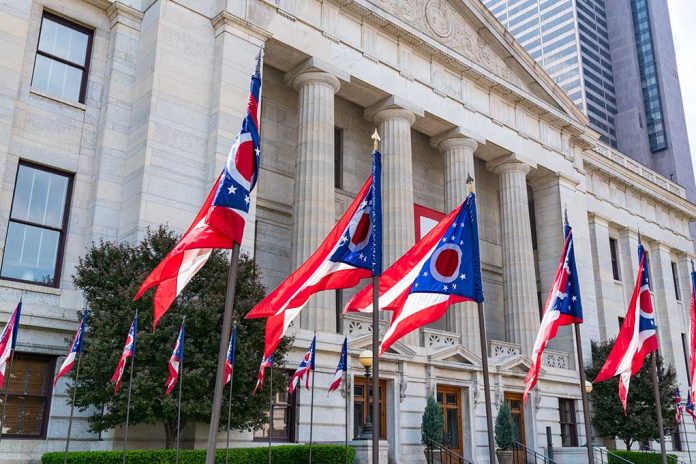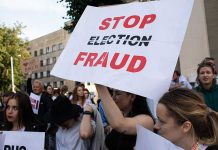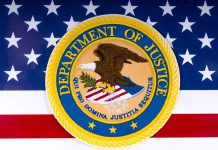
The January 6th pipe bomb investigation faces renewed scrutiny as telecommunications firms dispute FBI claims regarding data corruption that allegedly hindered the identification of suspects.
At a Glance
- Telecommunications companies challenge the FBI’s assertion of corrupted data related to the January 6th pipe bomb case.
- The unresolved case questions the credibility of the FBI’s investigation and transparency.
- Cell carriers confirm they provided the FBI with intact data regarding the bomb sites.
- Nearly four years later, the perpetrator remains unidentified, raising questions about investigative practices.
Ongoing Investigation Disputes
The investigation into the January 5, 2021, pipe bombs found near the RNC and DNC headquarters is marked by controversy surrounding the resolution of the case. New findings by cellular companies contest the FBI’s assertion that data corruption blocked identification efforts, suggesting that intact data existed despite FBI’s testimony. Nearly four years have passed, and no arrests have been made, leading to widespread curiosity and concern over the FBI’s claims. Both the inability to identify the bomber and these recent developments underline the significance of clear and transparent federal investigations.
The FBI previously stated that difficulties arose from corrupted data, impacting the investigation’s progress in identifying key suspects. However, Steve D’Antuono, then Assistant Director in Charge of the FBI Washington Field Office, detailed during House Committee interviews that they faced unusual corruption within some geofencing data. This was contradicted by cellular companies who maintain they supplied complete and functional data required for the investigation.
The #FBI has released a video of the person who placed pipe bombs placed near Capitol Hill between 7:30 p.m. and 8:30 p.m. on January 5. If you recognize this person’s gait, body language, or mannerisms, submit a tip at https://t.co/iL7sD5efWD. Tips can remain anonymous. @FBIWFO pic.twitter.com/tCqM6ipVZz
— FBI (@FBI) March 9, 2021
Debates Over Evidence and Security
While the bombs did not detonate, surveillance photos of the suspect have existed since March 2021, showing the masked individual wearing specific apparel, which could have aided identification efforts. The unresolved nature of these bombs raises security concerns, highlighted when Vice President-elect Kamala Harris was reportedly near one of the locations. The FBI’s handling of this situation has sparked a wider debate on the agency’s transparency and effectiveness in maintaining public trust.
“Every major cell carrier responded and confirmed that they did not provide the FBI corrupted data,” said Barry Loudermilk.
GOP Rep. Barry Loudermilk’s inquiry into this issue further questions the integrity of the official narrative. He requested clarification from the FBI, which is yet to produce satisfactory responses. Meanwhile, the oversight committee led by Republican Chairmen addressed these issues in a letter to FBI Director Christopher Wray, questioning investigative methodologies employed during this probe.
Consequences of Unresolved Investigative Errors
In Steven D’Antuono’s account, basic steps such as interviewing those who discovered the bombs remain uncertain. The bombs, initially thought to be operable, were later deemed inoperable due to flawed timers. Nevertheless, the inconclusive results cast doubt on the FBI’s investigative practices and have contributed to skepticism regarding the events of January 6th. This persistent lack of closure creates an environment of ongoing distrust in federally led enforcement efforts.
“Mr. D’Antuono conceded that it would be ‘investigation 101’ to interview the individuals who discovered the bombs, yet he was unable to confirm whether the FBI had taken this basic investigative step,” said Steven D’Antuono.
Despite active efforts and high-priority investigations employing advanced technologies, the unidentified suspect leaves lingering questions on the efficacy of case management. This development emphasizes the necessity of accountability and transparency in law enforcement to foster greater public confidence.










